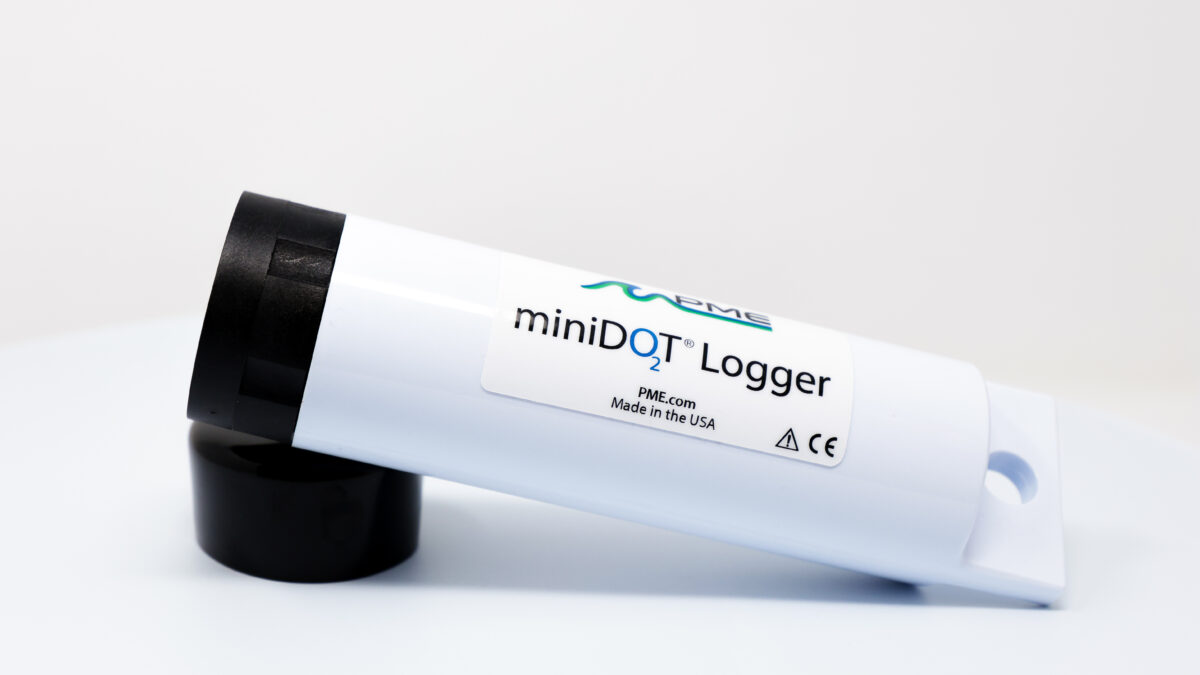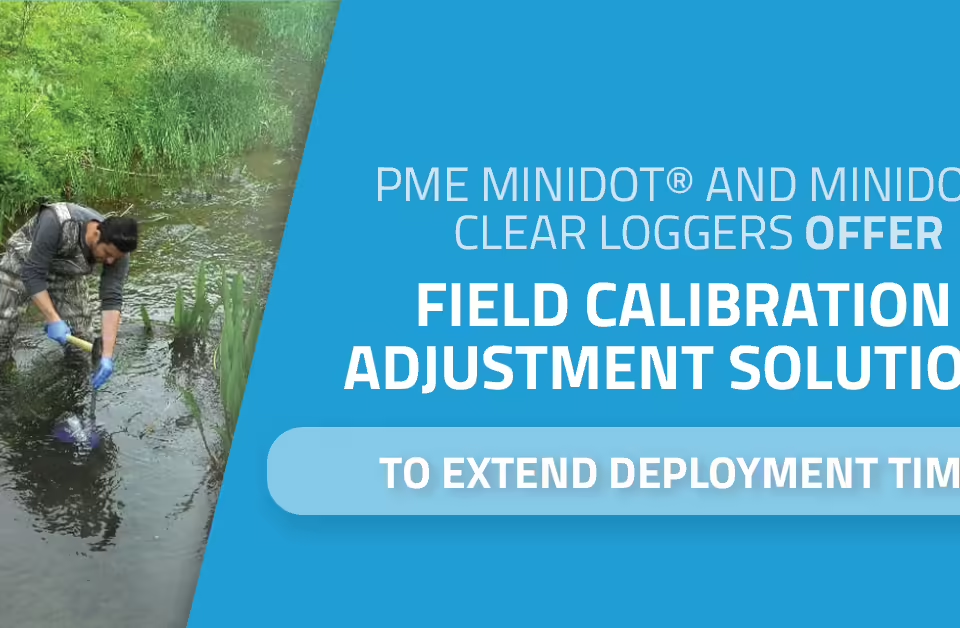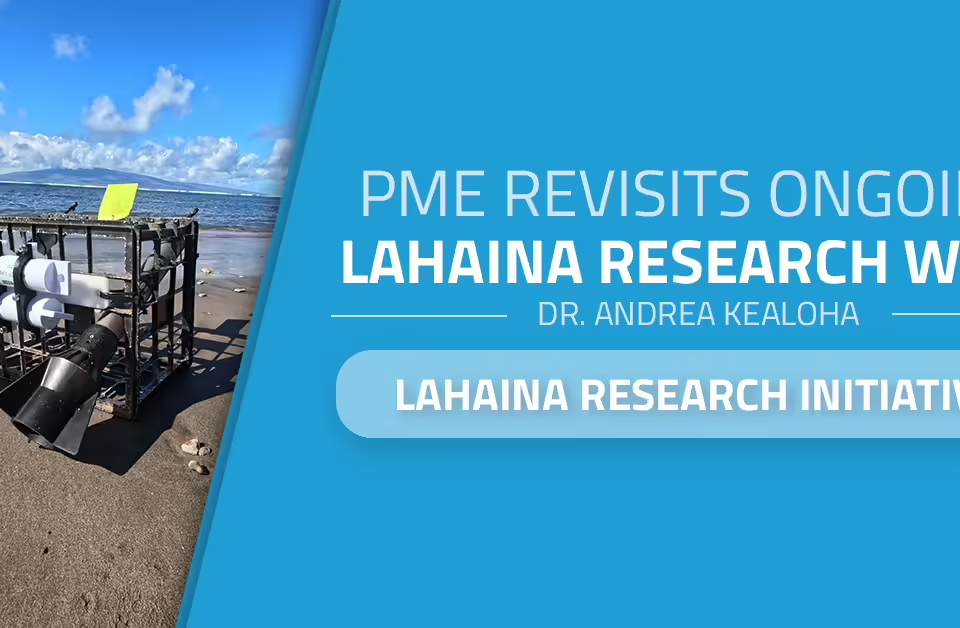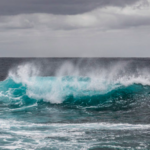
What’s in Your Water?
November 1, 2016
SDBJ – Women Who Mean Business Award
February 3, 2017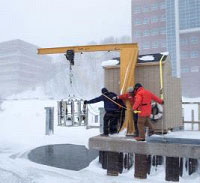
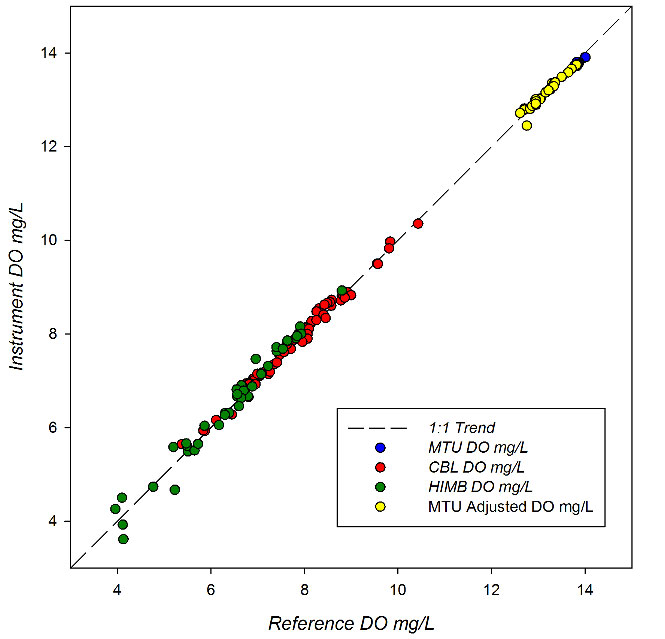
PME’s miniDOT® Logger has been used to measure dissolved oxygen concentration and temperature in various research projects and under various weather and environmental conditions. The Alliance for Coastal Technologies (ACT) tested PME’s miniDOT® Logger over the past 18 months. Our logger was tested both in the laboratory and also at 3 field sites including freshwater, brackish water, and oceanic water.
The complete report for the miniDOT® Logger can be found here.
Several other sensors from other manufacturers were also tested. The results can be found here.
100% Data Completion Under Ice in Lake Superior
A completely submersible instrument, the miniDOT® Logger was deployed successfully under ice by researchers from Michigan Tech University in a 15-week study in the northern Great Lakes (Lake Superior) from January 2015 to April 2015. This deployment recorded nearly 10,000 observations over that time period in 15-minute sampling intervals. A 100% measurement success was observed when miniDOT measurements were compared to independent measurements made by titration. Read more about the details of this test here.
21,810 Observations Over 11-Weeks in Chesapeake Bay
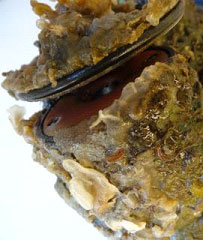
Similar successful use of PME’s miniDOT® Logger was achieved in field tests conducted at the Chesapeake Biological Laboratory from May 2015 to August 2015. Despite heavy fouling, the miniDOT recorded a whopping 21,810 observations at 5 minute sampling intervals over the 11-week deployment from May 20 through August 4. The PME miniDOT recorded all 21, 810 observations, and netted 18,173 acceptable measurements for an impressive data completion rate of 83%. More details about this study can be found here.
121 Day Deployment at Kaneohe Bay, HI
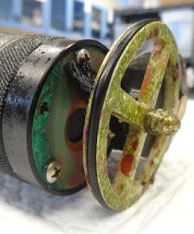
A field deployment test was conducted over 121 days from September 2015 to January 2016. The PME miniDOT reported data throughout the entire deployment and generated nearly 17,000 observations based on a 10-minute sampling intervals over the entire 17-week deployment. With only two instrument values outside the acceptable data range, the data completion result for this deployment was essentially 100%. More details about this study can be found here.
The ACT report also contains results of the time response testing and use of the miniDOT for measuring vertical profiles.



